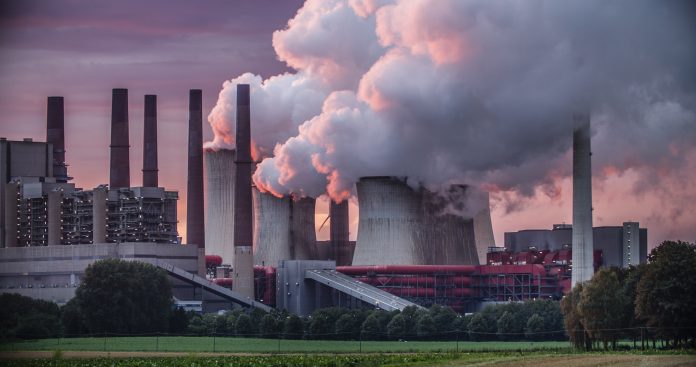Researchers at Chalmers University of Technology in Sweden have developed a groundbreaking method to significantly decrease Mercury emissions in sulphuric acid – the world’s most widely used chemical
The new technique demonstrates a reduction of over 90% in Mercury content, even from low levels.
Sulphuric acid is a crucial reagent utilised in the production of chemicals, paper, pharmaceuticals, cosmetics, batteries, detergents, and fertilisers.
Its’ widespread use necessitates addressing the prevalent issue of Mercury contamination in this chemical compound.
High Mercury emissions are a global challenge
Mercury, one of the most toxic substances, often contaminates sulphuric acid. The dispersion of this volatile heavy metal poses a significant environmental concern, as it can be carried by air over large areas and subsequently washed into water bodies during rainfall.
Accumulation in the soil, water, and living organisms adversely impacts the entire food chain, leading to damage to the central nervous systems of humans and animals.
Electrochemical Process: Removing Mercury from sulphuric acid
Building upon their previous research on removing Mercury from water, the team at Chalmers University of Technology expanded their innovative method to eliminate Mercury from concentrated sulphuric acid.
The process involves ionising Mercury and forming an alloy with another metal using an electrode with a platinum surface. By electrochemically binding the Mercury to the electrode, it can be safely removed and the electrode regenerated for reuse, resulting in an energy-efficient process.
Potential cost reduction and environmental impact
The purification of sulphuric acid not only prevents additional Mercury emissions but also enables industries to operate more cost-effectively and produce high-purity, non-toxic products.
Collaborating with Boliden, a mining and metals refining company, and Atium, a spin-off from Chalmers School of Entrepreneurship, the researchers aim to develop a reactor to facilitate the purification of sulphuric acid during its flow.
Tightening legislation to promote lower Mercury content
The current limit values for Mercury content in sulphuric acid are based on existing technologies.
However, with the successful purification method, the researchers anticipate global legislative adjustments to reflect the higher standards achieved by reducing Mercury levels.
The hope is that stricter regulations will be implemented to counter the generally elevated Mercury concentrations worldwide.
The study conducted by Chalmers researchers has promising implications for industries reliant on sulphuric acid, considering its widespread usage and the projected increase in global market volume.
The reduction of Mercury content to 0.02 milligrams per kilogram of sulphuric acid, as demonstrated in the pilot study, enhances its value and usability. The next phase involves scaling up the method in a pilot project to cater to real-world industrial volumes.
The breakthrough achieved by researchers at Chalmers University of Technology in reducing Mercury levels in sulphuric acid showcases the potential for significant environmental and economic benefits.
The innovative electrochemical process offers a viable solution to tackle Mercury pollution, paving the way for a safer and more sustainable industrial landscape.
Editor's Recommended Articles
-
Must Read >> Pollution in UK rivers: Thames Water fined £3.33m














